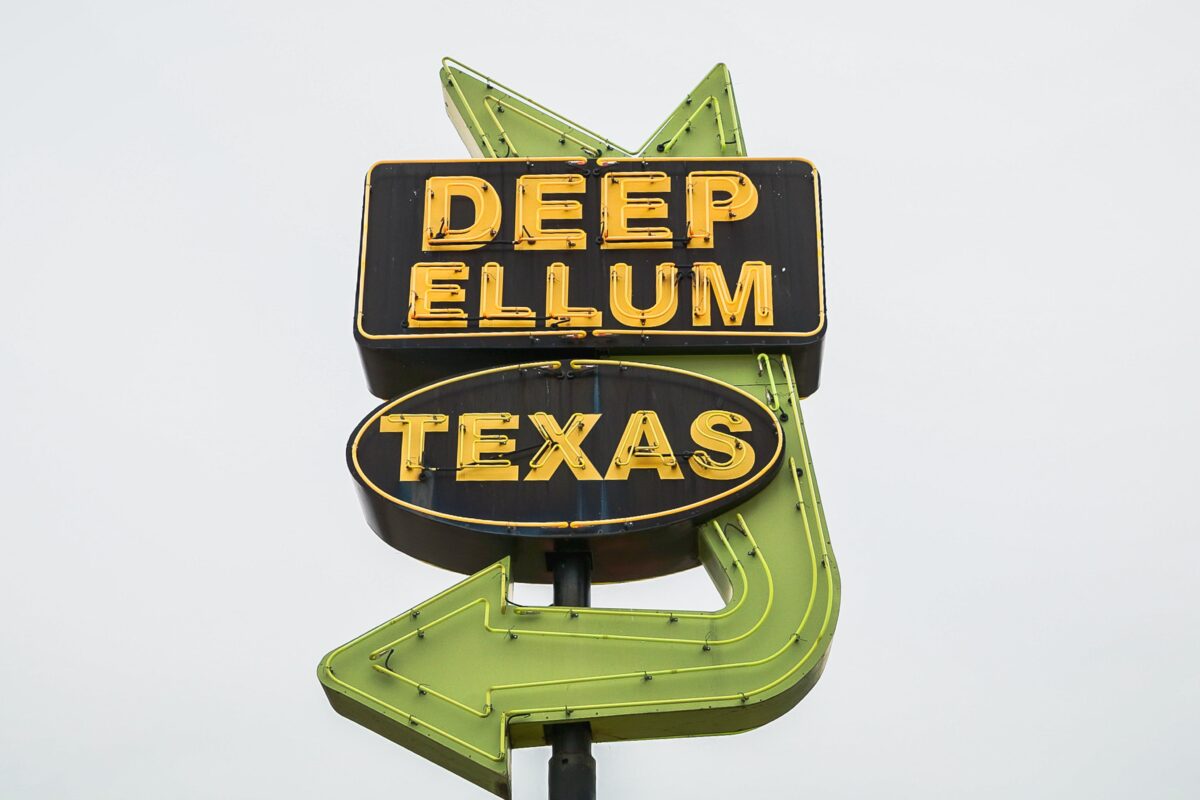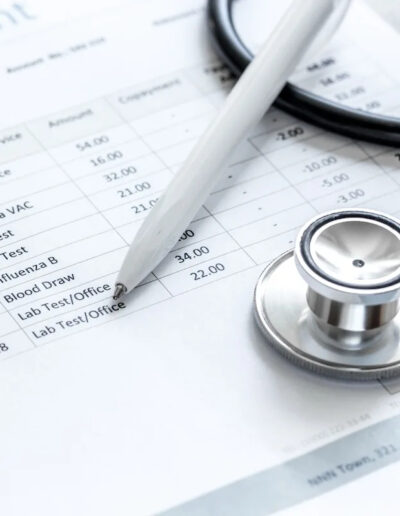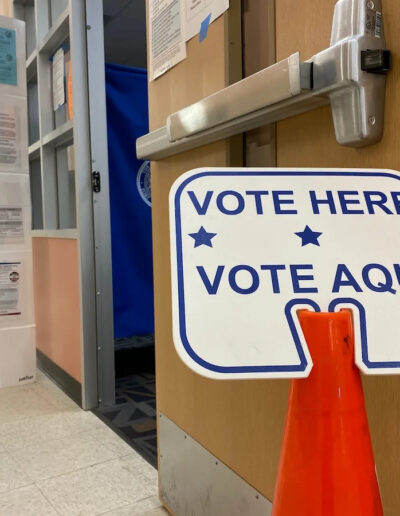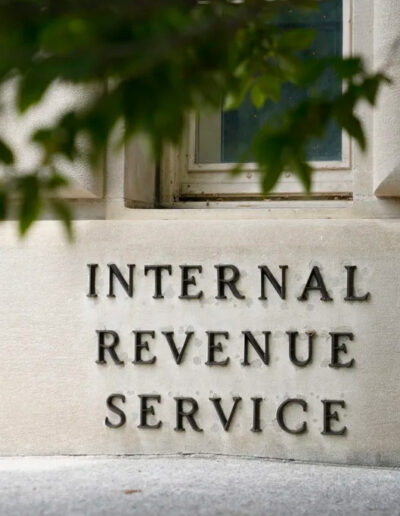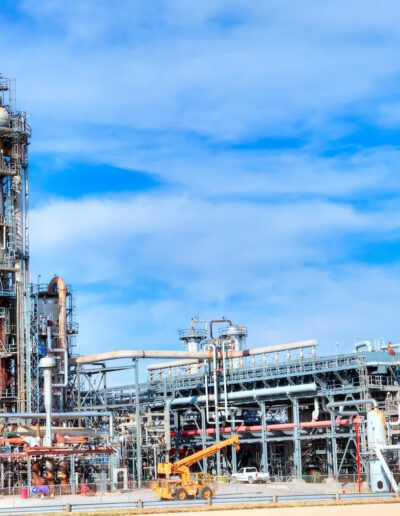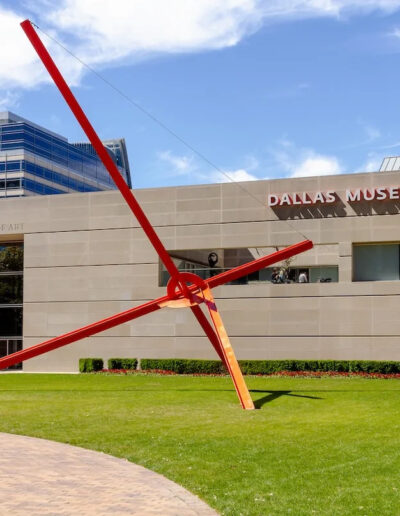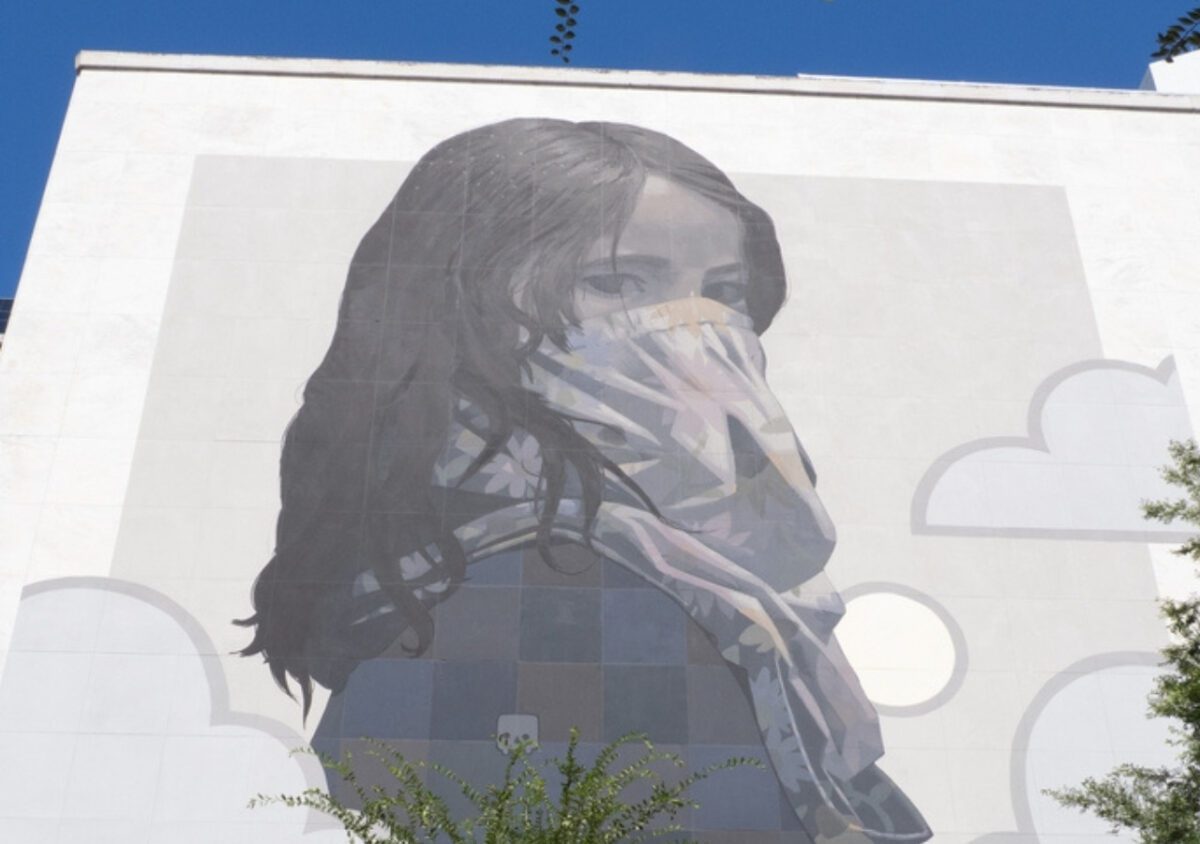
"When Tomorrow Comes" is a mural of a young girl wearing a face scarf due to pollution, painted in Houston. (Teresa Otto/Shutterstock)
Clean air, which should be a freely given right, is hard to find in certain Houston neighborhoods, according to new data from the Texas Commission on Environmental Quality (TCEQ) and analyzed by the Houston Chronicle.
The TCEQ has carefully followed a series of air-quality monitors for the past few years, and one pollutant has made itself more known than others: PM2.5, a cancer-causing particle that can easily lodge itself into residents’ lungs.
According to Rebekah Ward, a climate and environmental reporter for the Houston Chronicle, PM2.5 may be small, but can have deadly consequences.
“So PM2.5, sometimes just known as soot, is essentially very small particles of solid or liquid that are so small that they can penetrate deep into the airways,” she told the Texas Standard. “And because they can penetrate deep into your body, they can cause a lot more severe health effects than larger particles that you might more easily be able to see.”
Some of the neighborhoods with the highest reading of PM2.5 are Galena Park, Wayside, Manchester/Harrisburg, Jacinto City, Settegast, Sunnyside, Third Ward, Greater Fifth Ward, and Independence Heights. Many of these neighborhoods also fall under the low-income category, along with having a higher Black, Asian and Hispanic or Latino population.
Particularly, the neighborhood of Settegast has seen some of the highest levels of PM2.5 for the past three years. Data put together by the Houston Chronicle showed that between October 2022 and December 2024, there were 805 daily PM2.5 readings, with 10 of those days being above the TCEQ daily limit.
“Settegast proper has the lowest life expectancy in Harris County,” Kyle Maronie, a Settegast resident, told the Houston Chronicle.
The Settegast Super Neighborhood representatives informed COURIER HTX that they are “leveraging resources from local organizations like Air Alliance Houston and Lone Star Legal Aid to find solutions to the public health inequities caused by industrial pollution.”
Per data from the American Lung Association, Houston ranked seventh and eighth for the top 25 worst cities for ozone and year-round particle pollution, respectively.
Mark R., who has lived in the Medical Center area for the past 12 years, finds that this particle exacerbates his asthma symptoms, despite not being in one of the higher-reading areas.
“He experiences trouble filling his lungs, as though he can’t expand them enough,” his wife told COURIER HTX. “He randomly checks the weather apps or Purple Air maps for PM 2.5 when he’s feeling this and usually the readings are high. Ozone seems to trigger him, too.”
Breathing in this polluted air affects his daily life.
“This interferes with exercise, especially outdoors,” she said. “Also with his gardening hobby and we try to stay indoors so that he won’t suffer. I understand the climate here and all the reliance on cars makes things worse.”
Effects of PM2.5 exposure can also include:
- premature death in people with heart or lung disease
- nonfatal heart attacks
- irregular heartbeat
- decreased lung function
- increased respiratory symptoms, such as irritation of the airways, coughing or difficulty breathing
Research has shown that minority communities are even more at risk for these side effects due to lack of health care access, prejudice in medical offices, proximity to pollution sites, and poor housing conditions.
“We know that sometimes the air quality isn’t the best, we know we’re inundated with industry inside of a residential community. So data only validates that lived experience,” Maronie said. “But what are we going to do about it? That’s really where there’s a gap.”








